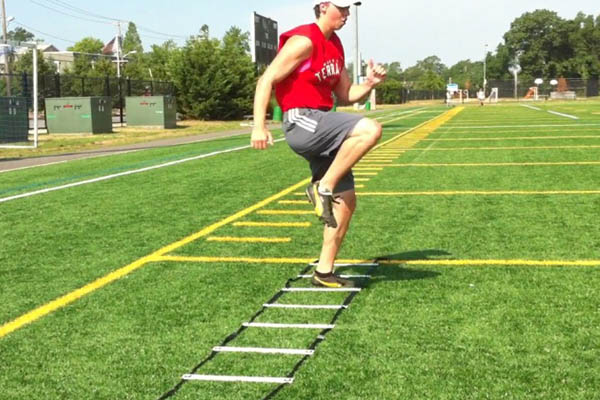It’s movement’s perception and body’s position in space. It’s divided in two categories. The first category is related with body’s and joint’s position in space. The second category is call kinesthetic perception and it’s the ability of controlling the joint’s movements. Muscular activity of muscles that mobilize an articulation with reflex stabilization via connected neurosis, is adjusted by spinal reflexes. Spinal reflexes are responding to stimulants from muscular fuselage, Golgi tendon organs and Pacini receptors.
Proprioception exercises help to improve the ability called neuromuscular junction (cooperation between muscular and neural cells), via learning the correct position of body balance. The perception of the joint position, especially towards the critical point off balance, can evolve the automation of movement and the perception for the body balance and position. The dynamic stabilization of the articulations is being achieved via reflexes that come from neural system (proprioceptive receptors)

Proprioception training protects us from injury, provides support to hip joints, knees and ankles. Also, strengthens the spine, abs and core generally. We can achieve the harmonic cooperation of muscle groups and perform movements more easy, dynamic and efficiently. Neuromuscular training takes part of training planification in professional sports industry.

